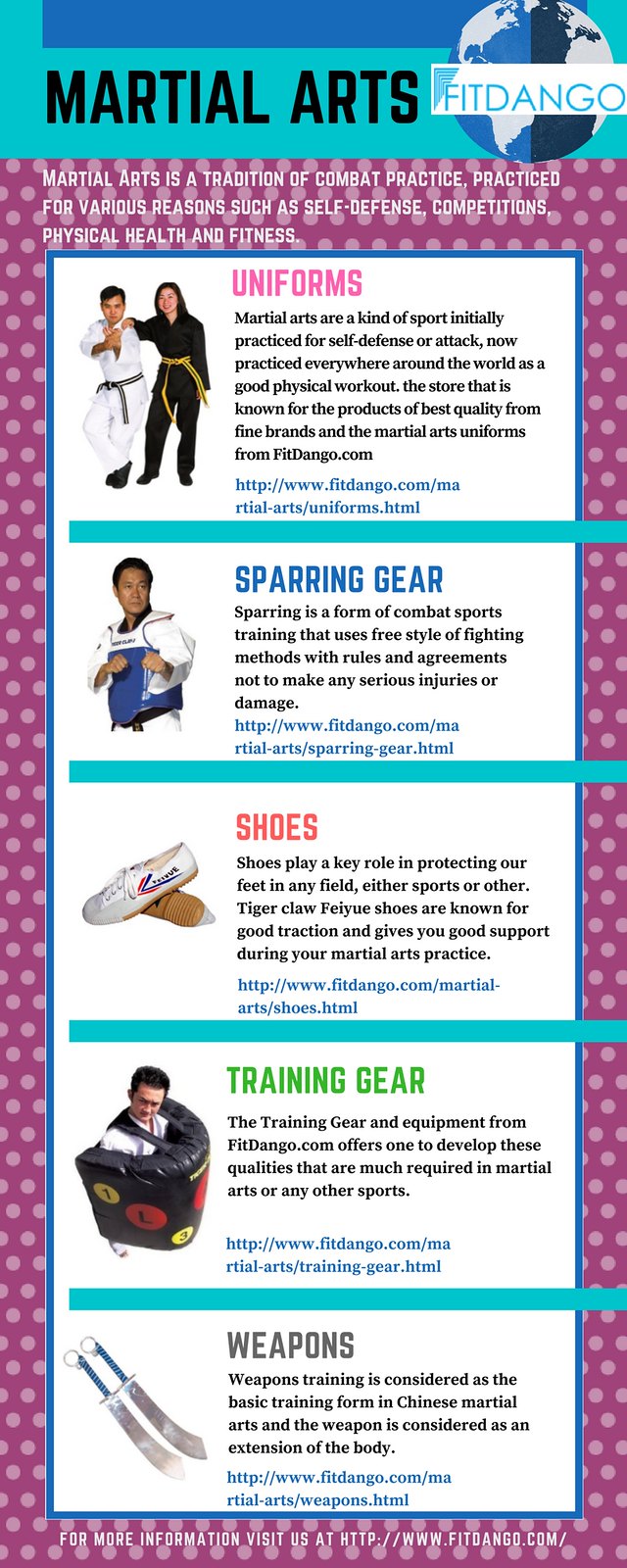The Worldwide History And Change Of Martial Arts
The Worldwide History And Change Of Martial Arts
Blog Article
Web Content By-Chu Vick
Martial arts have a remarkable background that spans centuries and continents. You could find it intriguing exactly how ancient methods like Shuai Jiao and Kalaripayattu laid the groundwork for contemporary combat strategies. These techniques not just emphasize physical abilities but likewise show the societies that birthed them. As you explore their evolution, think about just how globalization has actually changed these standard types into crossbreed styles. What impacts do you assume have shaped today's martial arts landscape?
Ancient Martial arts: The Foundations of Combat
As you delve into the globe of ancient martial arts, you'll discover the abundant foundations that formed fight strategies across societies. Very early methods focused on Self-Defense and survival, typically including strikes, grappling, and weapons.
In old China, for instance, methods like Shuai Jiao stressed throws and joint locks, while India's Kalaripayattu showcased agility and liquid movement. Japanese samurai developed Kenjutsu, a refined swordsmanship that highlighted technique and approach.
These martial arts served not just for fight but also as a way of personal development, instilling values like respect and perseverance. The blending of these methods in time laid the groundwork for the varied martial arts you see today, each reflecting the distinct approaches and demands of its society.
The Cultural Influence on Martial Arts Development
While martial arts frequently mirror the sensible requirements of a society, they also symbolize the social values and ideas of their origins. When you explore various martial arts, you'll notice how they're affected by religious beliefs, approach, and social standards.
As an example, the focus on respect and technique in Japanese martial arts originates from Zen Buddhism and samurai society. In contrast, Brazilian Jiu-Jitsu promotes versatility and approach, shaped by the requirement for efficiency in a diverse, multicultural environment.
You could find that the rituals, attires, and training approaches reflect a neighborhood's background and identity. By recognizing these social influences, you strengthen your appreciation of martial arts and their role in shaping human experiences across the globe.
Modern Adaptations and the Globalization of Martial arts
Martial arts have transformed significantly in current years, adapting to modern society and international impacts. You'll see that traditional kinds have blended with contemporary techniques, producing hybrid styles like MMA. https://www.arlingtonmagazine.com/where-to-take-a-self-defense-class-arlington-virginia/ deal with diverse target markets, making martial arts accessible and enticing worldwide.
With the surge of social media and digital platforms, you can locate tutorials and competitions from all corners of the globe, breaking geographical obstacles. This globalization has actually caused a common recognition for different self-controls, from Brazilian Jiu-Jitsu to Taekwondo.
As you engage with these arts, you'll recognize they're not just about battle; they advertise fitness, technique, and mental health.
Inevitably, contemporary adaptations have actually enhanced the martial arts landscape, making it a dynamic and progressing method.
Final thought
In discovering the history and advancement of martial arts, you discover a remarkable mix of strategies, societies, and philosophies. From ancient disciplines like Shuai Jiao and Kalaripayattu to the modern flexibility seen in mixed martial arts, martial arts reflect humankind's pursuit for Self-Defense and individual development. As you engage with these practices, you not just acquire abilities but also a much deeper recognition for the diverse customs that shape our world today. So, continue why not find out more and accept the art of battle!
